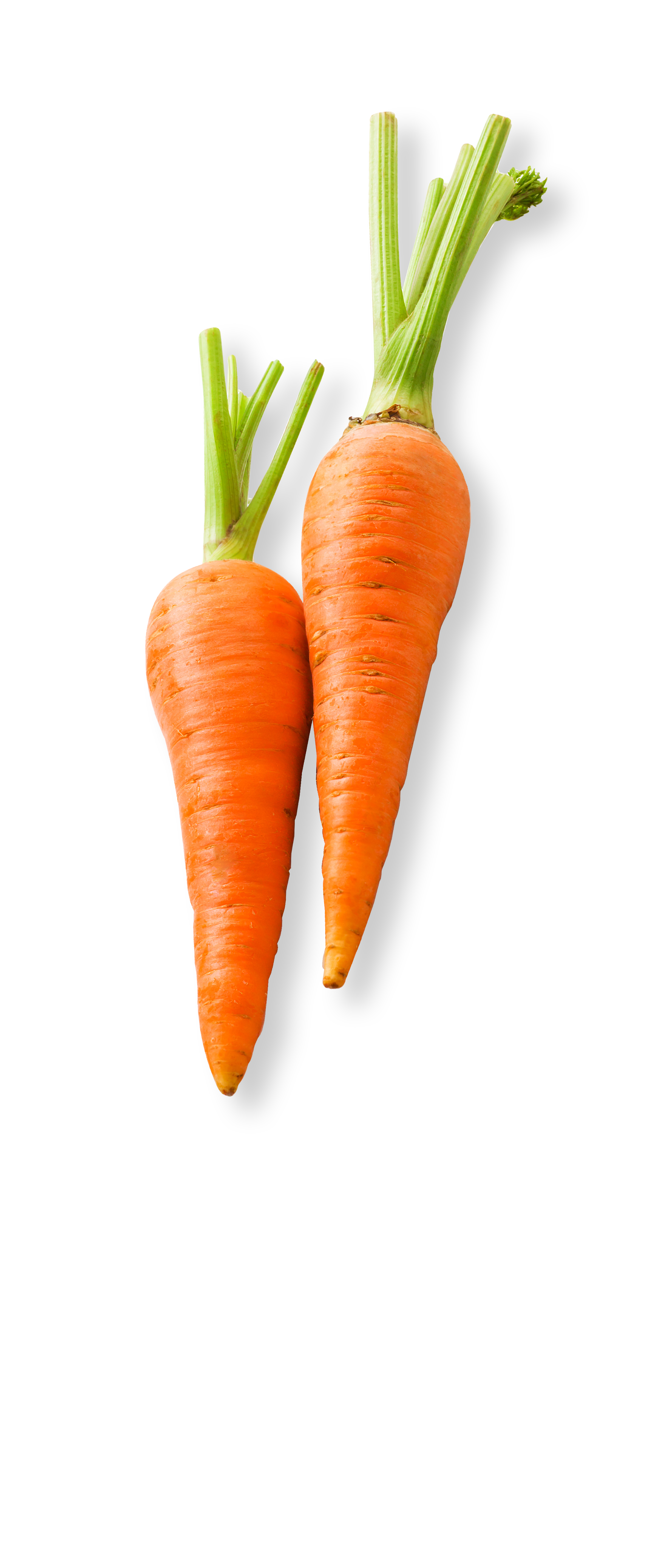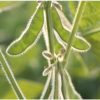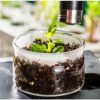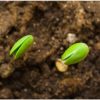Introducing greater tolerance and adaptability to a seed product.
Unlocking Hidden Potential
Plant Breeding
Plant breeding provides the foundation for the development of all seed products at Monsanto. We invest more than half of our yearly research and development budget on breeding because these innovations are crucial to helping farmers reach their greatest potential for better harvests.
Why is there a need for plant breeding today?
One reason is genetic diversity.
Some plants better adapt to certain evolving challenges, improving their probability of survival. Access to key characteristics through the preservation of genetic diversity leads to a wider array of plant innovations.
Finding the one characteristic that can offer farmers an advantage is incredibly difficult and time-consuming. Through generations of research and discovery, plant breeding has gone beyond selecting a parent plant simply based on its physical appearance and now includes an understanding of the genetic makeup of a plant. This allows plant breeders to better predict which plants will have a higher probably of success.
These innovations have opened the door to new opportunities. Understanding the genetic markers in a plant’s DNA helps us know which plants carry traits that will help them combat environmental challenges like disease or drought. It can also help us select plants that taste better, or offer more nutritional value.
Our plant breeding innovations and technologies are helping farmers do what they’ve done for thousands of years. We continually strive to be even better, helping them ensure that their harvest makes it from their field to your family’s table.

How does it work?
The simplest definition of plant breeding is crossing two plants to produce offspring that, ideally, shares the best traits of the two parent plants. Throughout the history of civilization, plant breeding innovations have helped farmers solve problems. Even the earliest farmers understood that in order to survive, they needed plant varieties specifically adapted to their conditions.
Almost everything we’ve ever eaten has evolved and changed through generations of breeding. Some of the most popular fruits and vegetables originated from plants that would be almost unidentifiable today:
- Carrots: Originally, carrots were yellow and purple. In the 1600s humans started breeding them to be white and orange, and then in 1700s they were bred to be red. Purple carrots are still grown in Europe and Asia, and red carrots are grown in China and India.
- Watermelons: 5,000 years ago they were only two inches in diameter and tasted bitter. Nothing like the sweet-tasting fruit we eat today.
- Bananas: About 6,500 years ago humans started breeding Musa acuminate, the banana’s forefather. That plant was crossed with Musa balbisiana and produced plantains, a relative of the modern banana.
- Corn: About 10,000 years ago humans discovered Teosinte, which was a plant with small, thin “cobs” that were only two or three inches long and had kernels so hard they could crack your teeth. Over thousands of years of selection, Teosinte was adapted to produce the 12-inch ears of today.
- Cauliflower, broccoli, cabbage, Brussels sprouts, and kale: These common vegetables descended from the common Wild Mustard plant about 10,000 years ago.
What will the future hold?
Today’s plant breeders have the most advanced and precise technologies in the history of agriculture at their disposal to achieve the progress that our population and our planet need. An exciting innovation that has captured the attention of researchers is gene editing, which allows scientists to make targeted changes within the plant’s own DNA to produce a better crop. These “edits” fine-tune a plant’s own genetic material, and can enable stronger seed products more quickly and predictably than other plant breeding tools. Though agricultural products enabled by gene editing are in the early stages of development and use, academics, industry researchers and policy-makers are already discussing how these tools will be evaluated and managed to ensure their safe and responsible use. Learn more about how gene editing works and its potential benefits for farmers, consumers and the planet here.
All Innovations
-
Unlocking Hidden Potential
-
 Biotechnology & GMOs
Biotechnology & GMOs -
 Plant Breeding
Plant BreedingMerging plant genetics for improved yield, water efficiency, and more.
-
-
Conceiving New Growing Tools
-
 Agricultural Biologicals
Agricultural BiologicalsUsing naturally-occurring microbes to benefit the soil and seed.
-
 Crop Protection
Crop ProtectionGuarding plants from disease, weeds, and pests.
-
 Data Science
Data ScienceMeasuring the health of plants, available natural resources, and the efficiency of a farm.
-
-
Envisioning the Future of Farming
-
 Research & Development
Research & DevelopmentDiscovering innovative solutions to challenges big and small, helping farmers grow more sustainably.
-
 Modern Agriculture
Modern AgricultureEvolving the approach to agricultural innovations and farming practices that helps farmers increase efficiency
-









